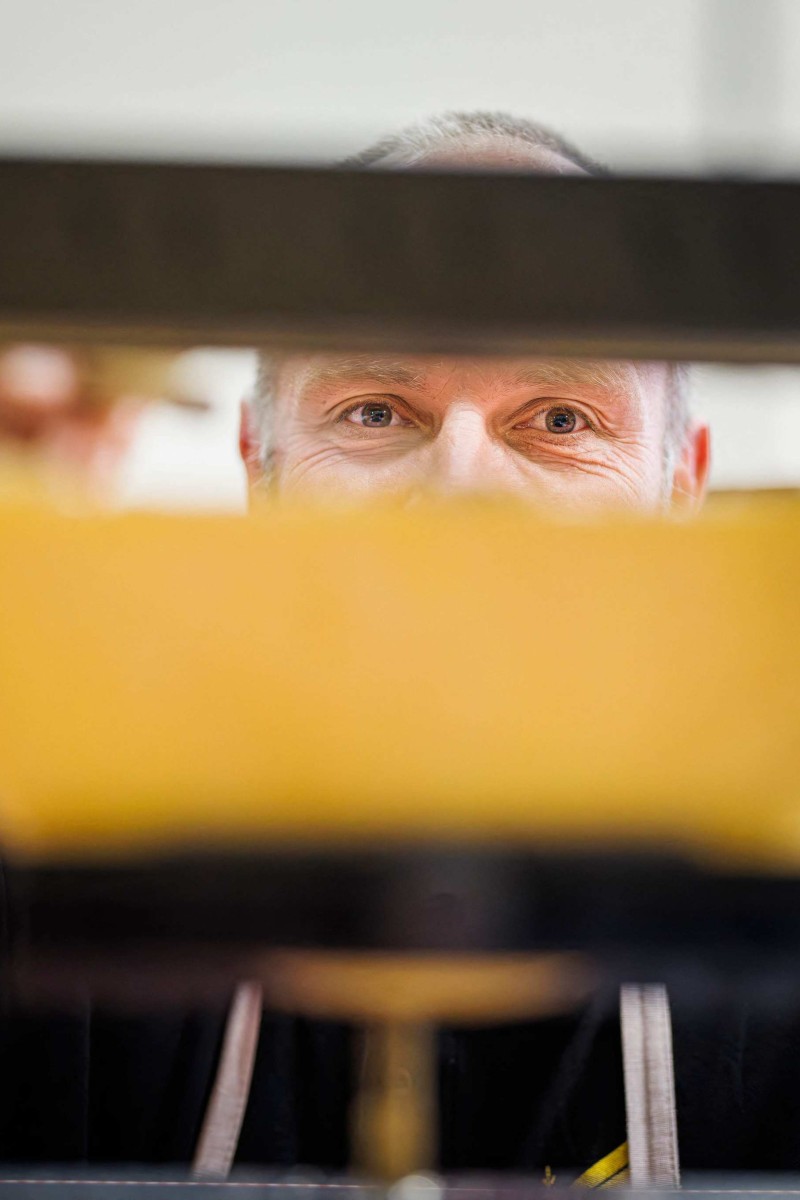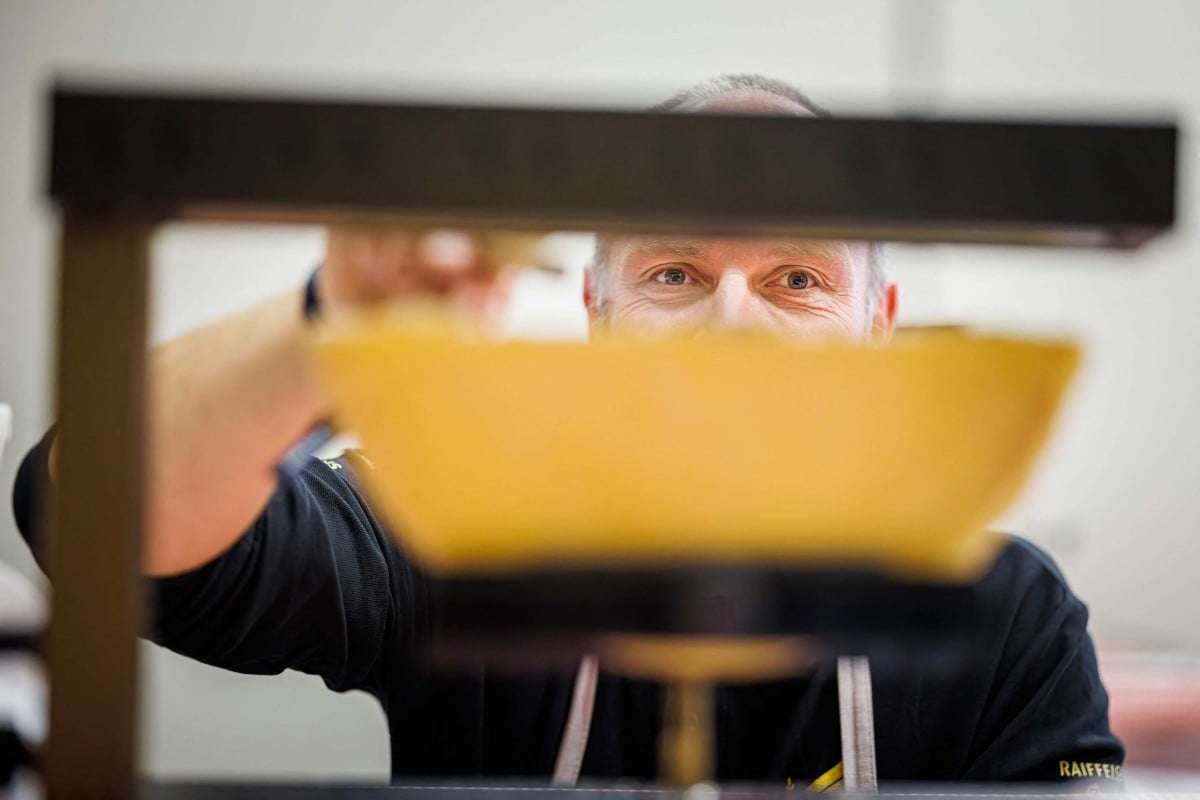
- Cooking is done by eye, with a feel for how the cheese melts
- The taste is in the fat and it is important not to heat it too quickly
 History of Swiss cheese dish raclette comes from mountain herdsmen who would heat their cheese on an open fire and scrape off the melted part. Photo: Reuters
History of Swiss cheese dish raclette comes from mountain herdsmen who would heat their cheese on an open fire and scrape off the melted part. Photo: ReutersIn the Swiss Alps, world’s best melted away the competition at the first Raclette World Championships last month. Nearly 90 cheeses were put to the test in Morgins, a village in Wallis – the southwestern region considered the home of raclette.
What’s so unique about raclette?
The Swiss dish dates back centuries, when mountain herdsmen would heat their cheese on an open fire and scrape off the melted part to keep them going.
Unlike some pungent cheese varieties, raclette has a flavour that is often described as nutty and slightly sweet, with hints of earthiness. It pairs well with grilled vegetables, meat, potatoes and bread.
And cooking raclette is just as fun as eating it.
The cheese is usually heated in a special melter, then scraped gently over various meats and vegetables.
Check out our graphic below to learn more about how cheeses like raclette are made.
